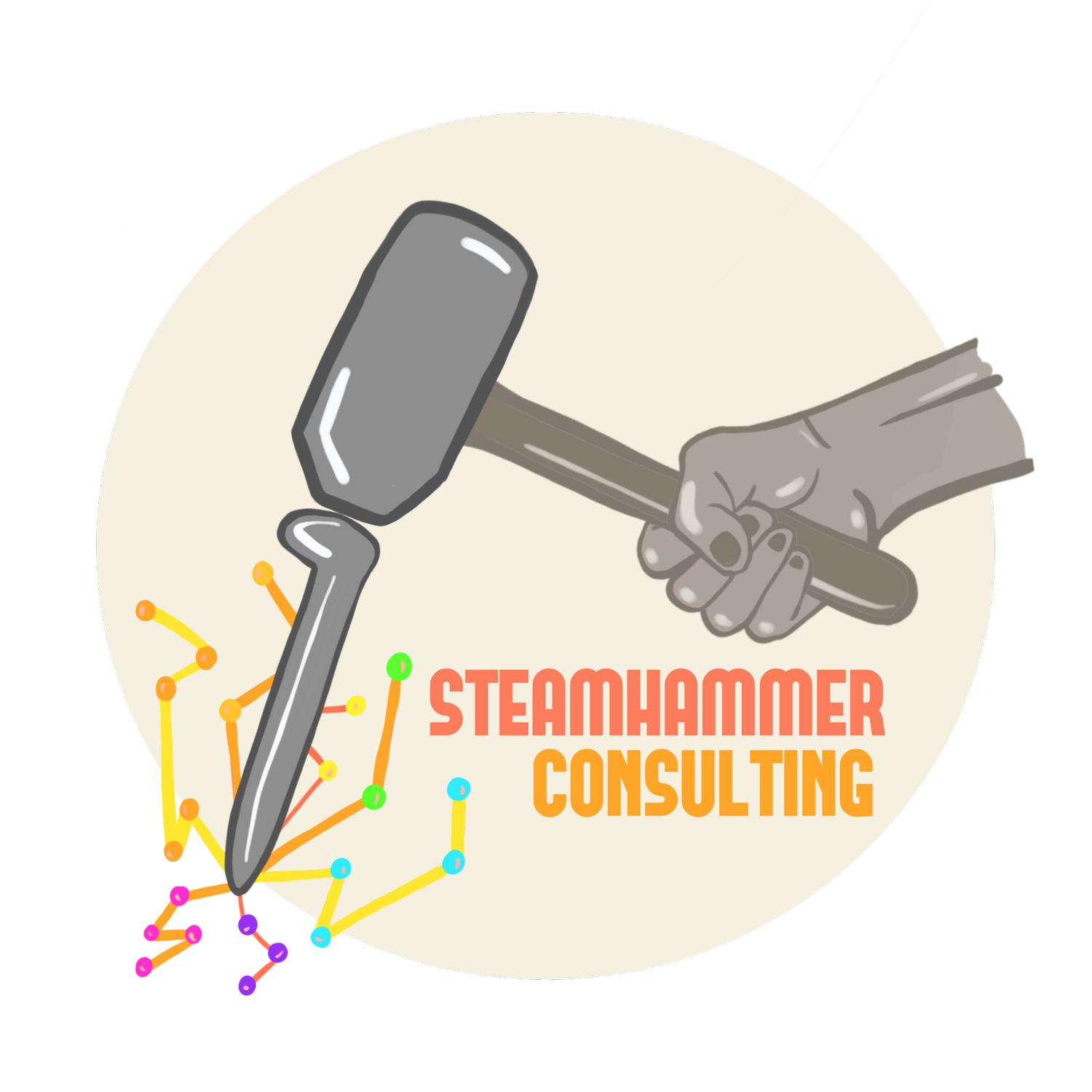Leveraging Machine Learning and Artificial Intelligence to Enhance Vehicle Routing Problem (VRP) Applications
Vehicle Routing Problem (VRP) is a well-known optimization challenge that involves determining the optimal routes for a fleet of vehicles to efficiently deliver goods or services to a set of customers. As businesses increasingly seek ways to streamline operations and reduce costs, integrating Machine Learning (ML) and Artificial Intelligence (AI) technologies has proven to be a game-changer in enhancing VRP applications. By harnessing the power of ML and AI, companies can achieve more accurate, dynamic, and efficient solutions to complex routing problems, leading to improved customer satisfaction and reduced operational expenses.
ML and AI enable VRP applications to make data-driven decisions. With advancements in data collection methods, VRP systems can now gather vast amounts of real-time data, including traffic conditions, delivery volumes, customer preferences, and vehicle performance. By analyzing this data using AI algorithms, the VRP system can optimize routing decisions in real-time, dynamically adapting to changing situations and unforeseen circumstances. Consequently, businesses can respond proactively to disruptions and minimize the impact on their operations.
Route optimization is one of the primary benefits of integrating ML and AI into VRP applications. Traditional VRP algorithms typically rely on predefined static routes that do not consider the dynamic nature of real-world logistics. ML and AI algorithms, on the other hand, can continuously learn from historical data, identify patterns, and predict future demand to optimize the routes more effectively. This leads to reduced travel distances, shorter delivery times, and minimized fuel consumption, resulting in cost savings and reduced environmental impact.
ML and AI can also be employed to implement predictive maintenance in VRP applications. By analyzing vehicle sensor data, maintenance history, and external factors like weather conditions, the system can anticipate potential vehicle breakdowns or maintenance requirements. This enables businesses to schedule preventive maintenance more efficiently, reducing unplanned downtime and ensuring fleet availability for deliveries.
Personalization has become an essential aspect of modern business operations. ML and AI can analyze historical customer data to identify preferences, delivery time windows, and frequency of orders. This information can be utilized to tailor delivery routes for individual customers, ensuring that the deliveries align with their specific requirements. As a result, customer satisfaction is improved, and businesses can foster stronger customer relationships.
The last-mile delivery, which is the final leg of the delivery process from a distribution center to the customer's doorstep, is often the most complex and costly part of logistics. ML and AI can optimize last-mile delivery by considering various factors such as real-time traffic conditions, road closures, customer availability, and even pedestrian traffic patterns. By incorporating this information into the routing decisions, companies can significantly improve the efficiency of last-mile deliveries, reducing delivery times and enhancing the overall customer experience.
ML and AI enable VRP applications to adapt to unexpected events such as traffic accidents, road closures, or changes in demand. When unforeseen circumstances occur, the system can dynamically re-optimize the routes to ensure the least disruptive and most efficient delivery schedules. This flexibility and adaptability enhance the system's robustness and resilience, making it more suitable for the complexities of real-world logistics.
While the integration of Machine Learning (ML) and Artificial Intelligence (AI) with Vehicle Routing Problems (VRP) holds immense promise, it also comes with its fair share of challenges. Overcoming these difficulties is crucial to fully leverage the potential of these technologies in optimizing complex logistics operations.
One of the primary challenges is the computational complexity of VRP. VRP is a well-known NP-hard problem, which means that the time required to find an optimal solution grows exponentially with the size of the problem. As ML and AI algorithms often involve extensive data analysis and computation, applying them to large-scale VRP instances can be computationally intensive and time-consuming. Addressing this challenge requires a delicate balance between algorithm efficiency and solution accuracy. Researchers and developers must explore novel optimization techniques and parallel processing to handle the scale of real-world logistics scenarios.
Another significant obstacle is data quality and availability. Large volumes of high-quality data are necessary to build accurate and effective ML and AI models for VRP applications. However, gathering and maintaining such data can be a daunting task. Noise in the data, missing values, and inconsistencies can adversely affect the performance of the algorithms. Moreover, logistics data is often highly sensitive and subject to privacy concerns, making it challenging to access comprehensive datasets for research and development purposes. Ensuring data quality and addressing privacy concerns while maintaining the necessary data volume is an ongoing challenge that requires innovative data management strategies.
Furthermore, deploying ML and AI algorithms in real-world logistics environments can be met with resistance from stakeholders. Traditional logistics practices may be deeply ingrained in established workflows, and introducing AI-powered changes might be met with skepticism or fear of job displacement. Effective implementation requires effective communication and change management to address these concerns and gradual integration of AI technologies to demonstrate their value and gain the trust of all involved parties.
Integrating Machine Learning and Artificial Intelligence has revolutionized how businesses approach Vehicle Routing Problems (VRP). By harnessing the power of data-driven decision-making, route optimization, predictive maintenance, customer-specific delivery, last-mile delivery optimization, and adaptive routing, VRP applications can achieve higher levels of efficiency and customer satisfaction. As technology continues to evolve, the synergy between ML, AI, and VRP will undoubtedly lead to even more advanced and innovative solutions for the logistics industry, contributing to sustainable, cost-effective, and customer-centric operations. However, the use of ML and AI with VRP presents several challenges. Overcoming the computational complexity, ensuring data quality and availability, and managing stakeholders' concerns are key areas that demand continuous attention and innovation. By tackling these challenges head-on, businesses and researchers can unlock the full potential of ML and AI to enhance VRP applications, leading to more efficient and cost-effective logistics operations.
